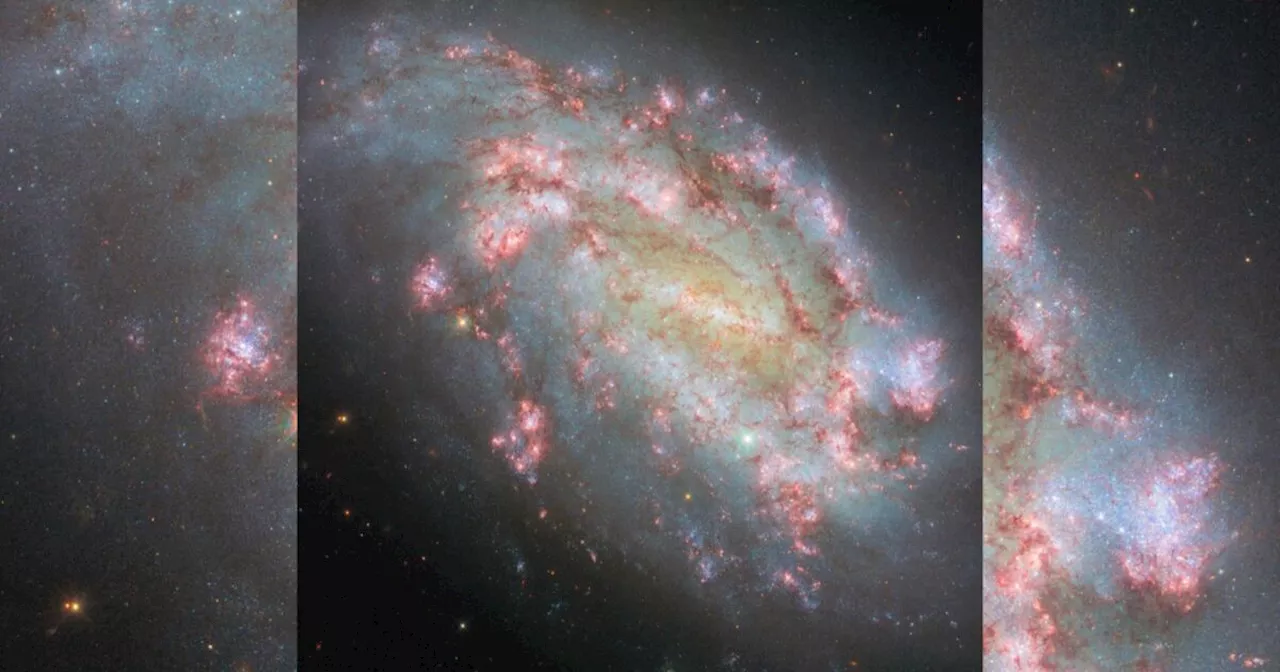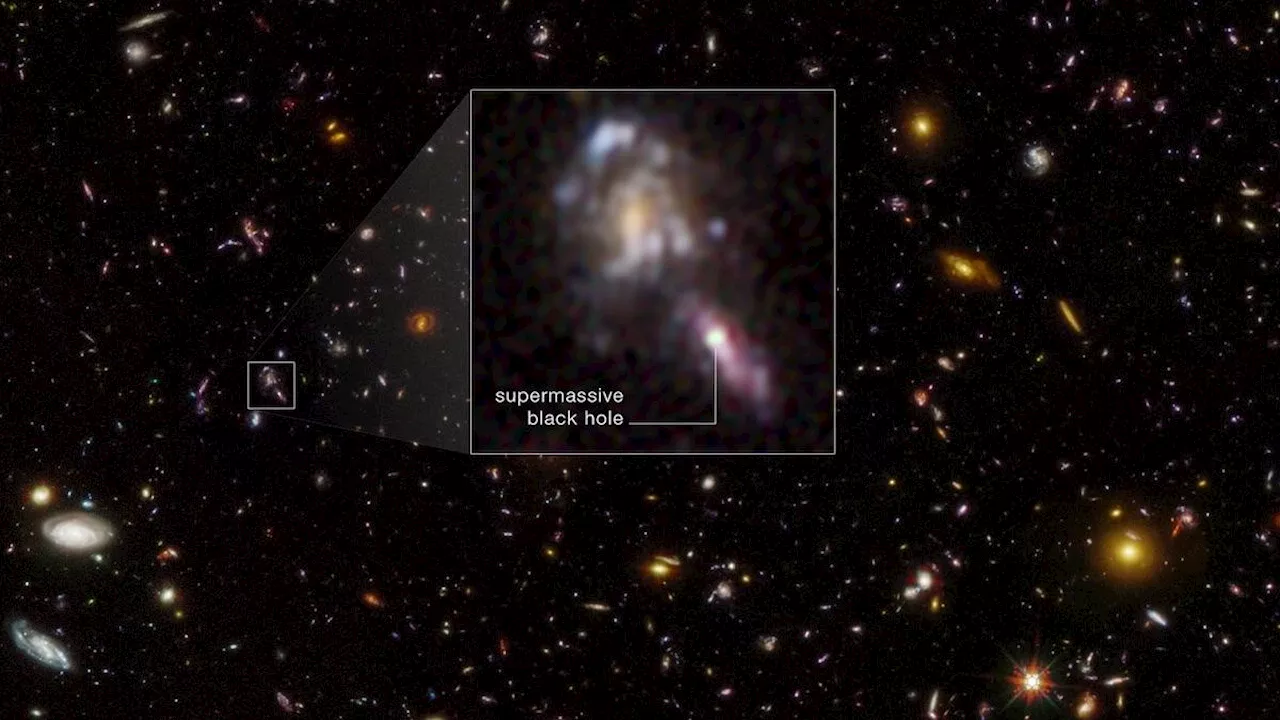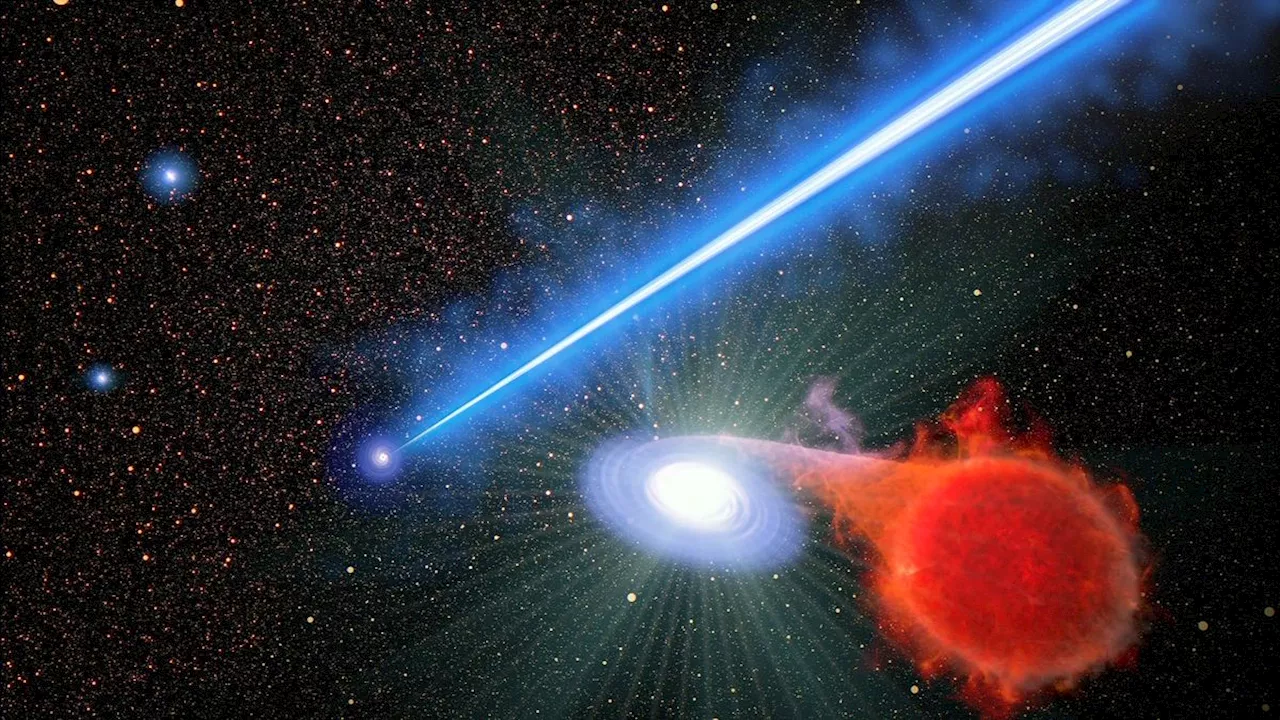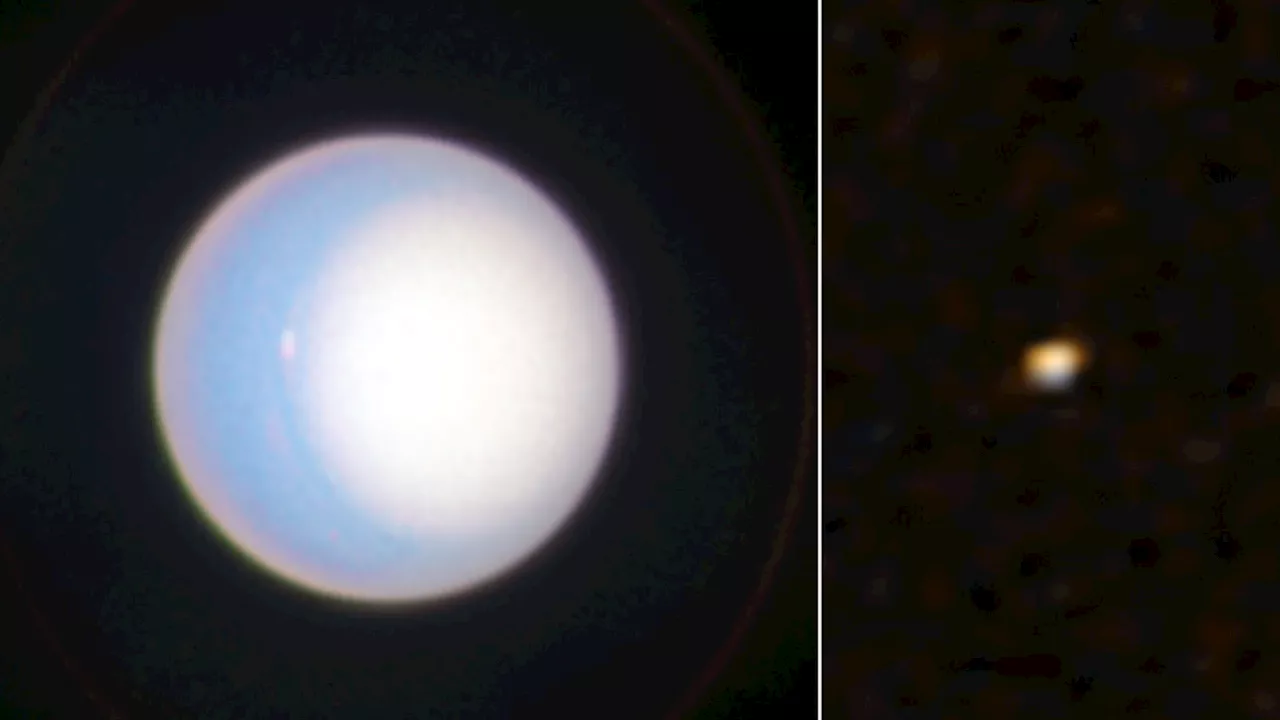Sharmila Kuthunur is a Seattle-based science journalist covering astronomy, astrophysics and space exploration. Follow her on X @skuthunur.
Jam packed issues filled with the latest cutting-edge research, technology and theories delivered in an entertaining and visually stunning way, aiming to educate and inspire readers of all agesThe Hubble Space Telescope has captured an intricate portrait of two nearby stars that have been in close contact for centuries, revealing once again the complex yet volatile relationship of a stellar duo.
The striking, hour-glass-shaped nebula seen in the new image was forged from the centuries-long interaction between its two distinct occupants: a compact, largely unchanging, a classification borrowed from the biological term"symbiosis," which refers to two organisms of different species coexisting close to one another.
NASA's Hubble Space Telescope view of the binary star system R Aquarii, one of the most rambunctious stars in our galaxy, weaving a huge spiral pattern among the stars.
Scientists also stitched five Hubble images of R Aquarii from the past decade into a timelapse video that highlights the dips in brightness of the stellar duo, caused by strong pulsations of the red giant, as well as the dramatic evolution of the surrounding nebula. Using such images, astronomers have traced out the emitted material to at least 248 billion miles from the star, or 24 times our solar system's diameter, which is"extraordinary even in astronomical terms," the Hubble team noted.to keep talking space on the latest missions, night sky and more! And if you have a news tip, correction or comment, let us know at:
United States Latest News, United States Headlines
Similar News:You can also read news stories similar to this one that we have collected from other news sources.
 NASA's Hubble telescope reveals striking image of new multi-wavelength galaxyDoug covers topics from a national angle including politics, consumer issues, stories that cross borders, and news that catches the attention of U.S. lawmakers.
NASA's Hubble telescope reveals striking image of new multi-wavelength galaxyDoug covers topics from a national angle including politics, consumer issues, stories that cross borders, and news that catches the attention of U.S. lawmakers.
Read more »
 Hubble Space Telescope suggests our ancient universe was surprisingly crowded with supermassive black holesKeith Cooper is a freelance science journalist and editor in the United Kingdom, and has a degree in physics and astrophysics from the University of Manchester.
Hubble Space Telescope suggests our ancient universe was surprisingly crowded with supermassive black holesKeith Cooper is a freelance science journalist and editor in the United Kingdom, and has a degree in physics and astrophysics from the University of Manchester.
Read more »
 Hubble Space Telescope spies a spiral galaxy in a cosmic 'clock'Samantha Mathewson joined Space.com as an intern in the summer of 2016. She received a B.A. in Journalism and Environmental Science at the University of New Haven, in Connecticut. Previously, her work has been published in Nature World News.
Hubble Space Telescope spies a spiral galaxy in a cosmic 'clock'Samantha Mathewson joined Space.com as an intern in the summer of 2016. She received a B.A. in Journalism and Environmental Science at the University of New Haven, in Connecticut. Previously, her work has been published in Nature World News.
Read more »
 Black hole 'blowtorch' is causing nearby stars to explode, Hubble telescope revealsBen Turner is a U.K. based staff writer at Live Science. He covers physics and astronomy, among other topics like tech and climate change. He graduated from University College London with a degree in particle physics before training as a journalist.
Black hole 'blowtorch' is causing nearby stars to explode, Hubble telescope revealsBen Turner is a U.K. based staff writer at Live Science. He covers physics and astronomy, among other topics like tech and climate change. He graduated from University College London with a degree in particle physics before training as a journalist.
Read more »
 Jupiter's Great Red Spot is being squeezed, Hubble Telescope finds — and nobody knows why (video)Keith Cooper is a freelance science journalist and editor in the United Kingdom, and has a degree in physics and astrophysics from the University of Manchester.
Jupiter's Great Red Spot is being squeezed, Hubble Telescope finds — and nobody knows why (video)Keith Cooper is a freelance science journalist and editor in the United Kingdom, and has a degree in physics and astrophysics from the University of Manchester.
Read more »
 Hubble Telescope and New Horizons Pluto probe team up to image UranusRobert Lea is a science journalist in the U.K. whose articles have been published in Physics World, New Scientist, Astronomy Magazine, All About Space, Newsweek and ZME Science. He also writes about science communication for Elsevier and the European Journal of Physics. Rob holds a bachelor of science degree in physics and astronomy from the U.K.
Hubble Telescope and New Horizons Pluto probe team up to image UranusRobert Lea is a science journalist in the U.K. whose articles have been published in Physics World, New Scientist, Astronomy Magazine, All About Space, Newsweek and ZME Science. He also writes about science communication for Elsevier and the European Journal of Physics. Rob holds a bachelor of science degree in physics and astronomy from the U.K.
Read more »
